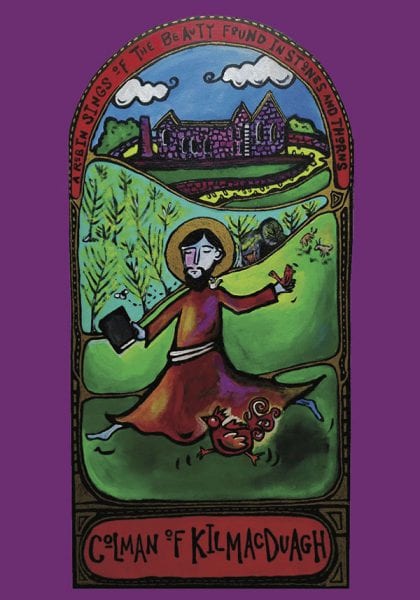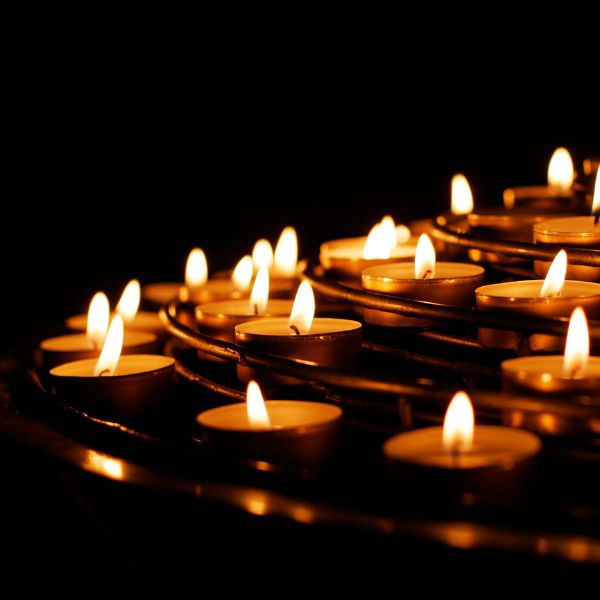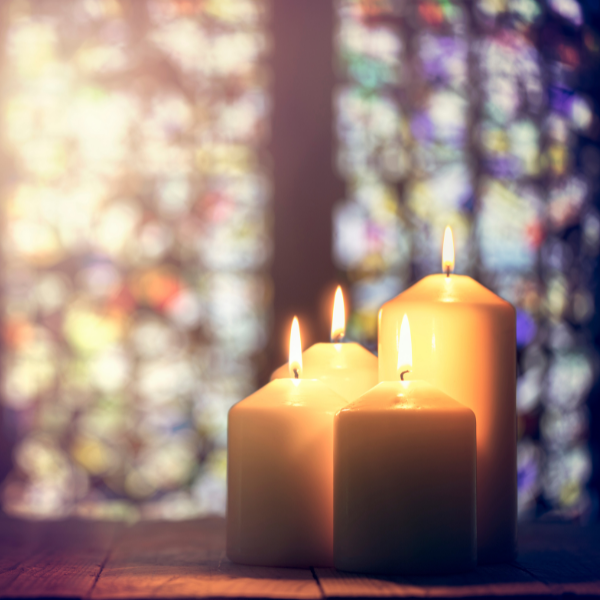My latest Seasons of the Soul column at Patheos:
Love wants to reach out and manhandle us,
Break all our teacup talk of God.
If you had the courage and
Could give the Beloved His choice, some nights,
He would just drag you around the room
By your hair,
Ripping from your grip all those toys in the world
That bring you no joy.
Love sometimes gets tired of speaking sweetly
And wants to rip to shreds
All your erroneous notions of truth . . .
The Beloved sometimes wants
To do us a great favor:
Hold us upside down
And shake all the nonsense out. ~ Hafiz
Part of my daily contemplative practice these last few months has been yin yoga. In yin yoga, the poses are held for long periods of time (anywhere from 3-20 minutes). The physical effect is a stretching of the connective tissue of the joints. The spiritual invitation is to go to the edge of my discomfort and rest there, staying present to my experience over time, to soften into the edges, and continue to breathe. Each morning I willingly go into uncomfortable places to practice being at these edges of life.
Over Lent I had the opportunity to immerse myself in the wisdom of the desert mothers and fathers and was really struck by the parallels with their spiritual journey and the path of yin yoga. These wise elders went out into the desert, the place of barrenness where life is stripped bare, and they sat with their discomfort paying attention to their inner experience. In this wild space they confronted their inner voices, the temptations, the distractions, the tyranny of thoughts that would arise. They kept showing up until they could begin to cultivate a sense of equanimity. They were seeking hesychia, which is the Greek word for stillness. It means more than silence or peacefulness; there is a sense in which the stillness is the deep, shimmering presence of the holy.
We each have a threshold of tolerance for uncomfortable or painful experiences. When we stay within this range we can be present to what life brings us in the moment. When we drop below our threshold we become numb to what is happening and seek out things that help us avoid the pain, like drugs or overwork. When we move above the threshold our anxiety kicks into overdrive and we feel panicked, unsettled, or ill at ease.
The only way to widen our threshold of tolerance is to dance at its edges, to consciously go to uncomfortable places and stay present. When we risk the unfamiliar, our resilience grows and we become more capable of living life fully.




